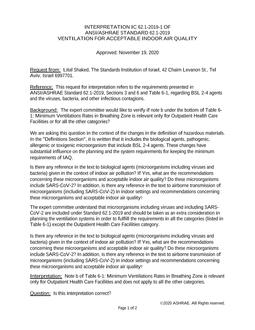Immersion in cold water brings about large changes in body temperature and metabolism that add to the complexity of modeling human thermoregulation. Three specific problems peculiar to such modeling are examined; they are (1) finite-difference solution of the bioheat equation; (2) differences between predicted and measured initial conditions; and (3) prediction of vective heat loss. An optimization of the finite-difference solution of the simpler, but related, heat conduction problem is presented. A greater benefit is obtained by increasing the number of nodes rather than decreasing the integration time interval. A procedure is given for matching the predicted and measured initial values of the deep body temperature and the metabolic rate, which allows a more accurate determination of set-point values for thermoregulation. To circumvent the acute sensitivity to the skin-water temperature difference using the conventional prediction of convective heat loss, use of a heat balance during steady state of the skin temperature is outlined.
Units: Dual
Citation: Symposium, ASHRAE Transactions, 1988, vol. 94, pt. 1, Dallas, TX
Product Details
- Published:
- 1988
- Number of Pages:
- 10
- File Size:
- 1 file , 930 KB
- Product Code(s):
- D-DA-88-16-3


